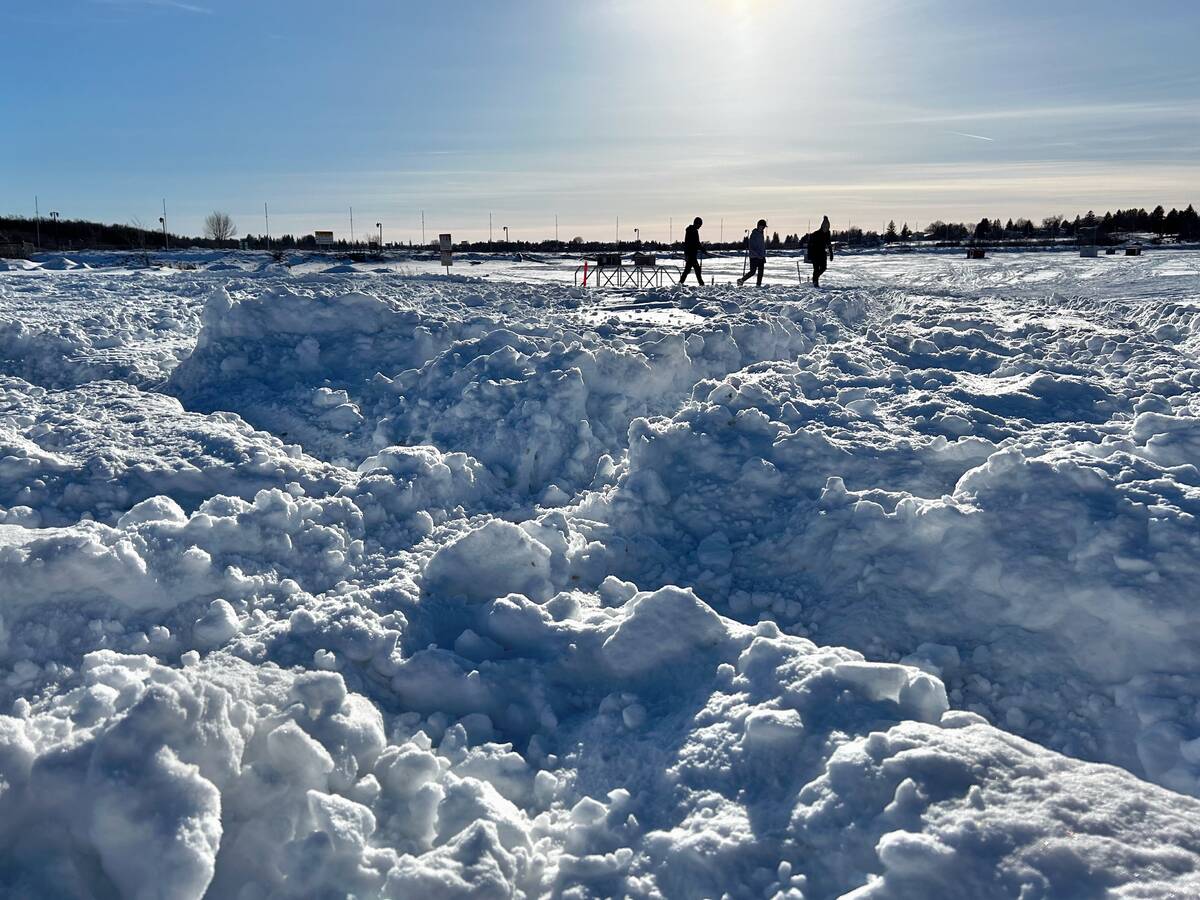Smoke from forest fires across the Prairies has generated questions about how smoke might affect weather. So, let’s take a break from our Meteorology 101 class and use this teachable moment.
The effect of smoke on weather is not straightforward. Smoke can alter several variables and the outcome depends on the state of the atmosphere, amount and location of the smoke and how long it stays over a region.
Add to this more large-scale atmospheric events, such as movement of high and low pressure areas, and it can get very complicated.
Read Also

Predicting Manitoba winter snowfall
How much snow should farmers in Manitoba expect for the rest of December 2025 and into January-February 2026? Here’s what the weather models say about the winter to come.
I will do my best to peer through all that smoke and provide a clear picture of how it can affect our weather.
The first major and obvious impact that smoke has on weather is its effect on temperatures. Smoke particles both scatter and absorb sunlight, which leads to a decrease in surface temperatures. Recent forecasts, especially in Alberta, often note that daytime highs may not be reached depending on the amount of smoke. This is because less sunlight reaches the ground, resulting in less heating.
The effect on temperatures can vary depending on the extent, level and intensity of the smoke and general atmospheric conditions. Light smoke or very high smoke will have minimal effect, while dense or low-level smoke can greatly affect temperatures.
It might also affect atmospheric stability and precipitation patterns. I’ve lumped these two together because atmospheric stability is directly tied to whether precipitation can form. Forest fire smoke can have complex effects on atmospheric stability, depending on its intensity and extent, vertical distribution of smoke particles and general atmospheric conditions.
Forest fires can release significant amounts of heat and moisture. Solar radiation is absorbed by smoke particles, which can warm the surrounding air. This heating can change the temperature profile of the atmosphere, which can alter stability.
In some cases, forest fire smoke can inhibit convection and limit formation of convective clouds. This may sound counterintuitive, but smoke particles can act as cloud condensation nuclei or ice nuclei, allowing moisture to condense around these particles at a much higher rate than in a smoke-free atmosphere.
This reduces the availability of water vapour, making it more difficult for cloud droplets or ice crystals to grow larger. That is, instead of cloud droplets growing bigger into raindrops, tons of little water droplets are formed. Because there are so many, they can’t grow large enough to coalesce into larger raindrops.
Without the ability of these droplets to grow, raindrops will not form and there is little to no rainfall. This can also result in suppression of convective activity, so we only see the formation of shallow or thin clouds.
Here is where it can get a little tricky. While this scenario is common, if there is enough moisture in the air and issues with the stability of the atmosphere can be overcome, all the extra condensation nuclei creating large numbers of water droplets can start a chain reaction. The high number of water droplets start colliding and combining into larger raindrops within the cloud. This can lead to more intense rainfall and hail.

Stability
We also need to talk about atmospheric stability. Smoke from forest fires absorbs sunlight. While this can and often does lower surface temperatures, it can and often does increase the air temperature at higher altitudes, depending on location of smoke in the atmosphere.
This creates a layer of warm air over a layer of cold air. Since warm air wants to rise and cold air wants to sink, this particular setup is known as a stable atmosphere.
Unstable air, which leads to cloud formation and precipitation, is when we have cold air overtop warm air. The warm air at the surface will rise while the air above is colder.
In the case of smoke, surface temperatures are being cooled by the smoke but warmed further up as the smoke absorbs energy from the sun. This is the opposite of the unstable setup, resulting in an inversion. This inhibits convection, which is the primary force behind cloud development and precipitation. It is probably one of the biggest impacts smoke can have on our weather.
So, smoke can either inhibit formation of rainfall or enhance it, depending on the atmospheric conditions at the time. More often than not, smoke creates a stable atmosphere, resulting in reduced rainfall as convection is limited. In the summer, the vast majority of rainfall across the Prairies is convective in nature.
One final impact of smoke ties into the chemicals and other substances released by forest fires, such as nitrogen oxides, volatile organic compounds and particulate matter. These substances can interact with other atmospheric components and influence the chemistry of the atmosphere by contributing to the formation of secondary pollutants, such as ozone and aerosols (very fine particulate matter) that can further reduce air quality.
All of this can negatively affect human health and also the health of animals and plants.
I have my fingers crossed that the western Prairies will get some much-needed rain, not only to help out with the forest fires but to provide moisture as we head toward the main part of the growing season.
















